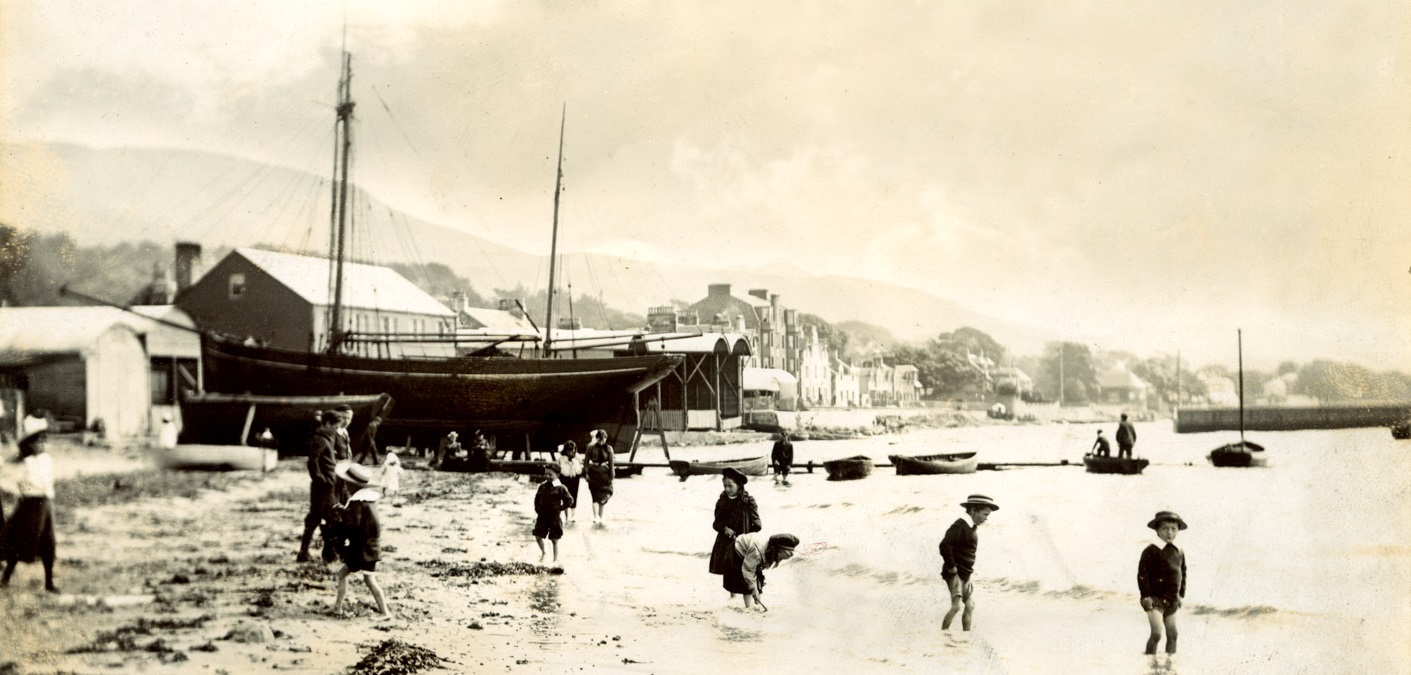
The Fife yard was always a magical playground for Fairlie’s children. For many it led to jobs as adults.
The Fife yard passed through four generations of the family, the three Williams known respectively as William I, II and III and Robert Balderston Fife, the nephew of William Fife III who worked alongside his uncle.
Under their successive managements and for over 150 years the Fifes were instrumental in the development of Scottish yachting and rose to national and then international prominence, as the designers and builders of some of the finest yachts ever built.
William Fife I discovered his vocation as a boat builder and moved to Fairlie in around 1790. His yard was little more than some leased land on the foreshore, but his boats were good and found a ready market. His first recorded yacht was the 1087 Comet, but his best recalled yacht is the 1812 Lamlash which is believed to be the first Scottish yacht ever to cruise in the Mediterranean and which would become the flagship of the Royal Northern Yacht Club on its formation in 1824. His most successful racing yacht was probably the Gleam of 1832. Whilst yachts were clearly a part of the business, the construction of working boats was also significant and would remain so throughout the nineteenth century: like all yards, the Fife’s needed continuity of business.
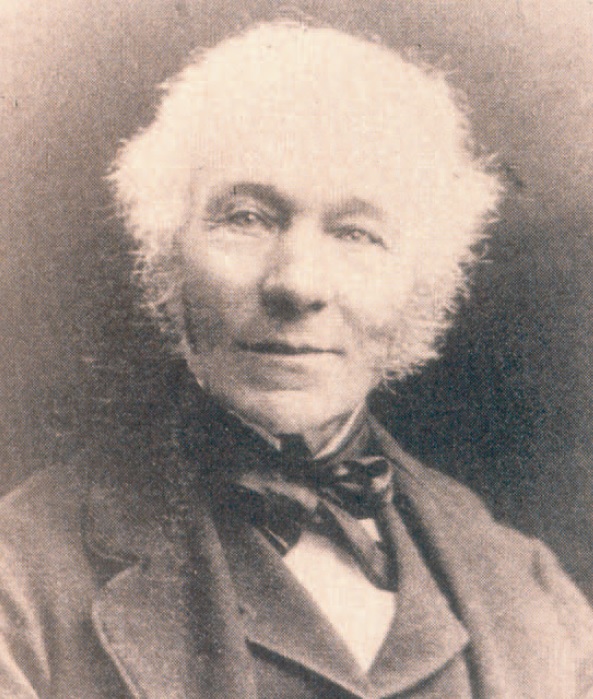
William Fife I the founder of the yard and of Scottish yacht building.
William Fife II followed his father into boat building when he was about 13 and worked alongside his father for 5 years. Seeing his son’s progress and acknowledging that he had never managed to turn the enterprise into a profitable one, Fife I handed the business to his 18 year old son. In his early years the second William struggled as well, but finally in 1850 with Stella he delivered a yacht that was both a winner and profitable; from then on, he never looked back.
Fife II’s yachts racing broke out of the confines of the Clyde to become winners at all the major British yachting centres. With successive champions from Cymba in 1852 through to Bloodhound in 1874, there were many years where Fife designed and built yachts did not only win more than those of any other British designer, but as the sole Scottish yacht builder he dominated his many English rivals; a cause of much celebration for Clyde yachtsmen.

William Fife II made the Fife name nationally famous with his successful racing yachts.
The Fife’s were educated and valued education. William Fife I taught himself naval architecture by acquiring David Steel’s first manual of naval architecture in 1822. He would challenge youngsters who would hang around his yard to write their names in chalk on his shed walls and reward them when they were successful. For William Fife III there would be more than home schooled scientific principles to be mastered. After serving a five year apprenticeship with his father, which he completed aged 19, William Fife III took employment at the J. Fullerton shipyard further up the Clyde. Eight years later he accepted the role of manager at the Culzean Shipbuilding & Engineering Co. being set up by his father’s great customer the Marquis of Ailsa.
Whilst still at Fullerton’s Fife III had started designing, at Culzean he juggled design responsibilities for the new yard and also for the family’s orginal yard. He eventually settled back in Fairlie full time in 1886 as that yard’s designer. Clara, which Fife III designed when still at Culzean had proven tremendously successful both in British and American waters and heralded the period when ‘Fife of Fairlie’ would become an internationally recognised hallmark in yachting.
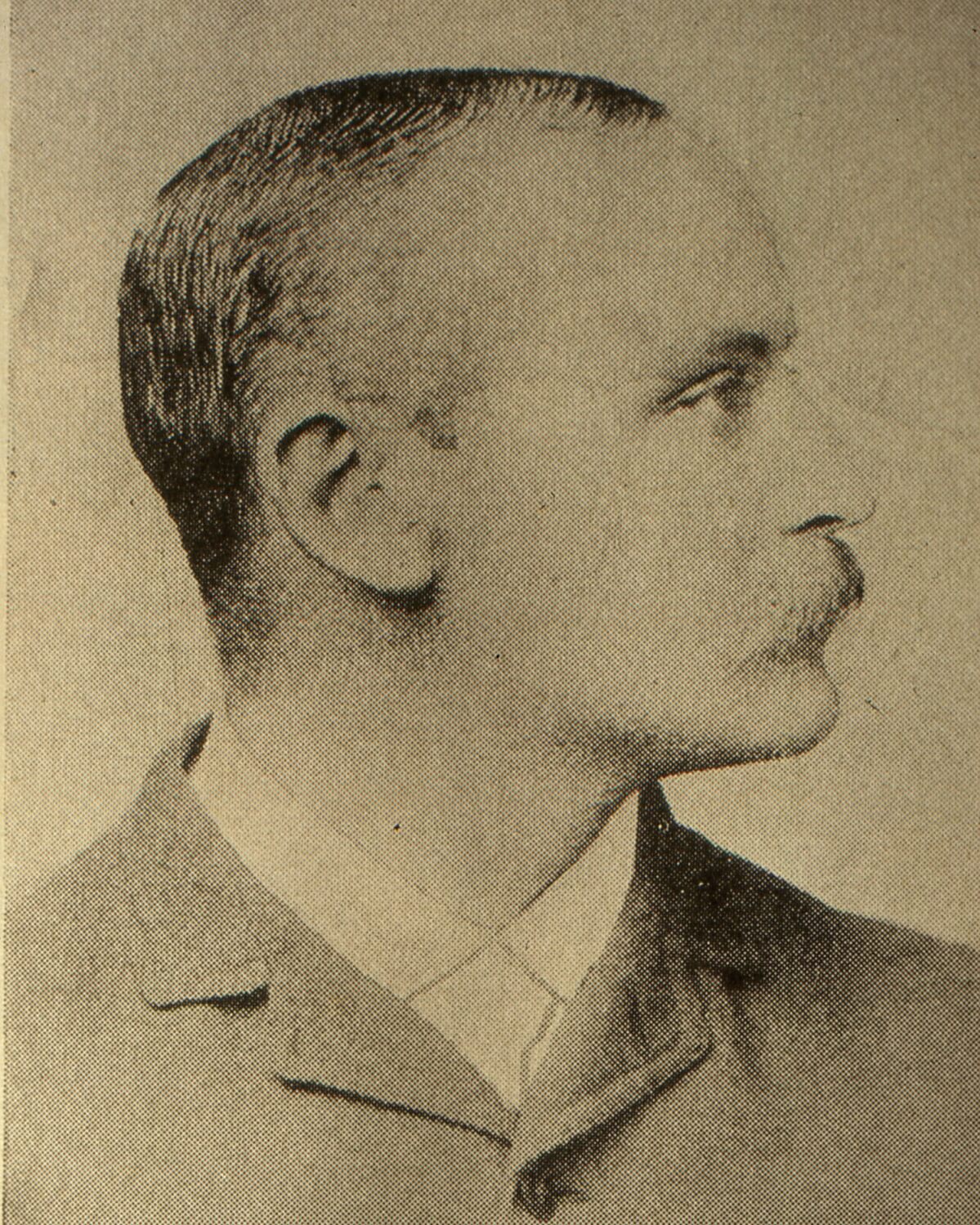
William Fife III gave the yard international fame thanks to his design genius.
William III enjoyed a long career and he designed in excess of 600 yachts from the time of his return to Fairlie. Initially G. L. Watson was his great rival, but when Sir Thomas Lipton alternated between Fife, Watson and then Fife again for his first three America’s Cup challengers, it put them on a par in racing yacht design. Watson’s early death left William Fife as the leading British yacht designer until the younger Charles E. Nicholson produced a series of breakthrough designs in the years leading up World War I and consequently secured the commission for Shamrock IV.
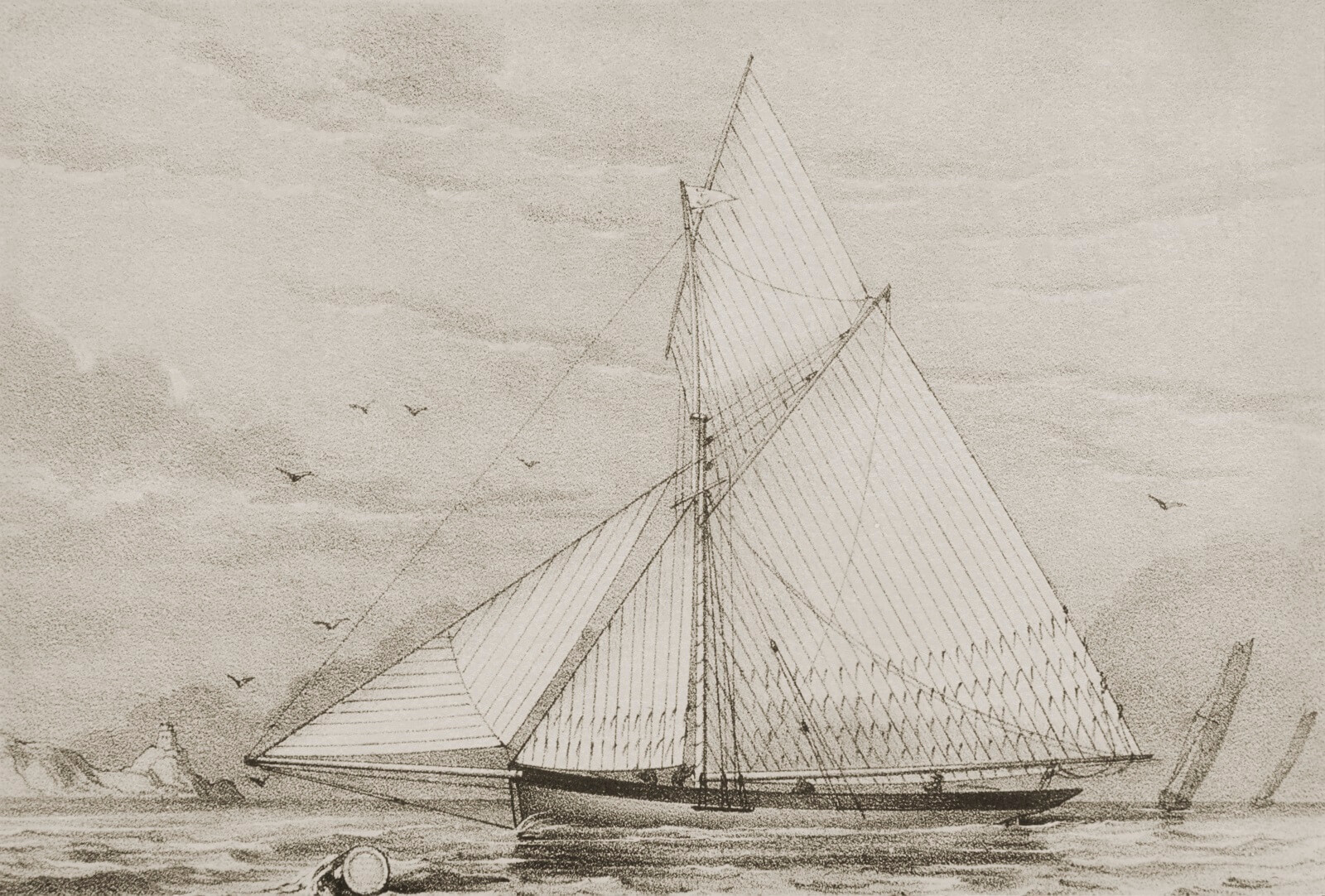
Launched in 1852, Cymba was among the first of Fife II’s yachts to gain major racing victories in England.
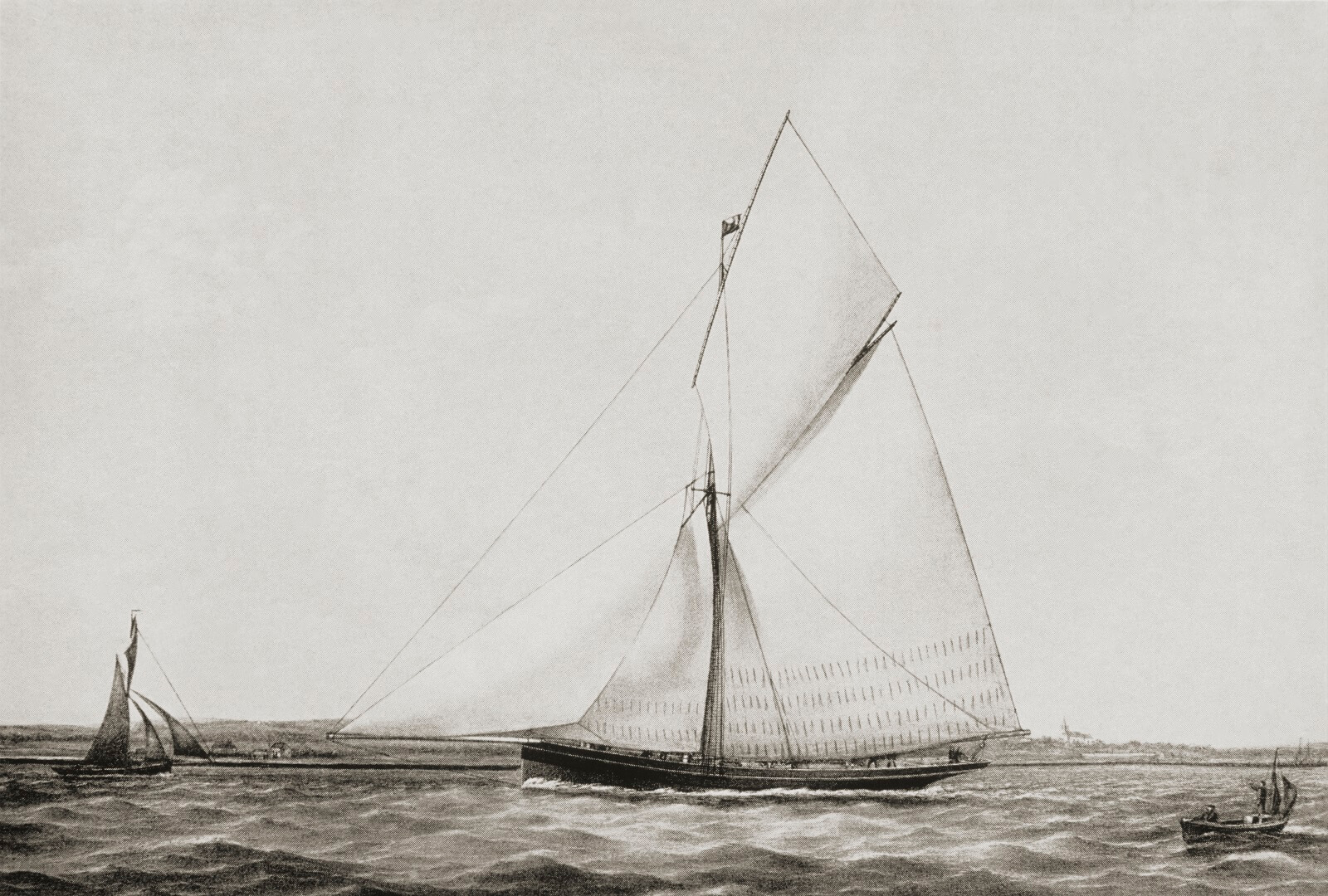
Know as the ‘Fawn of Fairlie’ Fife II’s 1865 Fiona epitomises the high point of his career when for several years his yachts scored more victories than any other yacht builder in Britain.
The range of Fife III’s output is astonishing, he designed to a myriad of racing rules. He designed grand cruising schooners and ketches, and yachts of his design were built in yards all around the world. Like his father’s, his yachts had a beauty of line and a quality of construction that set them apart. Never compromising these qualities, he was supremely inventive and remained so throughout his career. From 1923 he had the support of his nephew Robert Balderston Fife and remained fully engaged in yacht design until the outbreak of World War II, by which time he was 82.
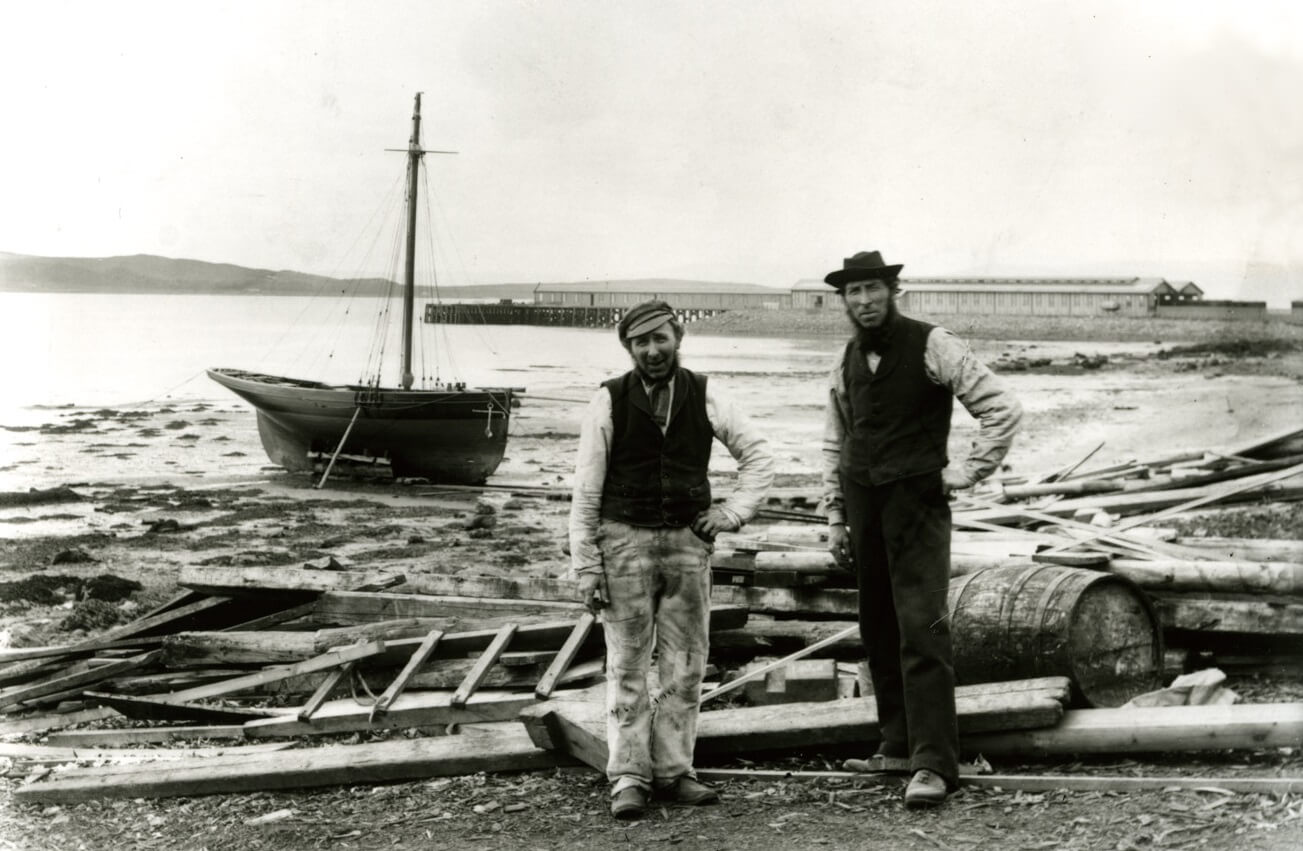
The Fife yard was always a family affair with many relations, Fife II’s brother Allan Fife is seen here (right) on the Fairlie foreshore.
The legacy of the Fife yard is tremendous. Throughout the yachting world “Fife” remains a byword for beauty, speed and quality. Well over 100 of William Fife III’s designs survive and they continue to cruise to remote corners of the world, to gather at regattas, and every few years some make the pilgrimage back to the Clyde for the Fife Regatta. ‘Fife of Fairlie’ remains one of Scotland’s most famous brands and greatest gifts to the world.
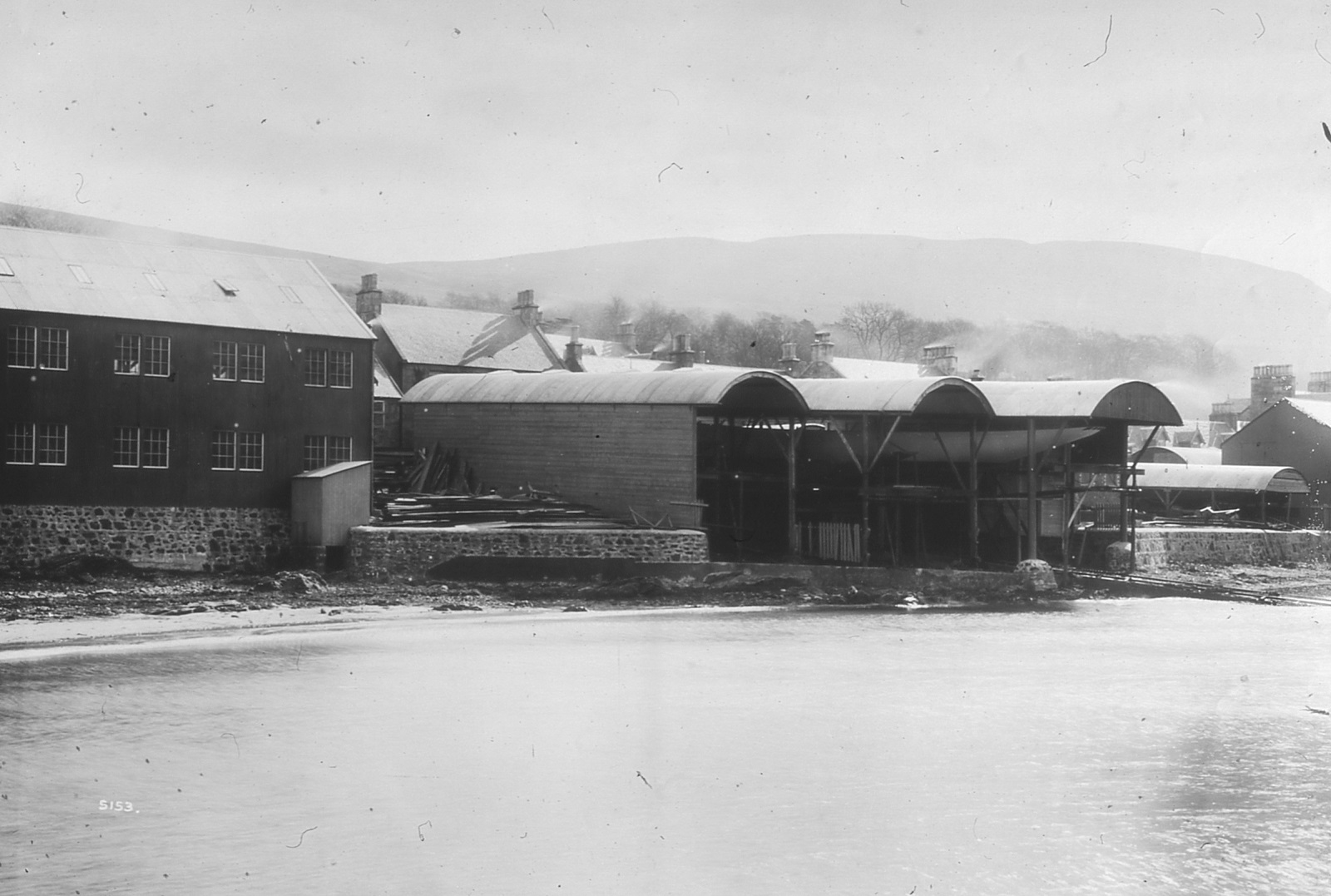
During the tenure of the first two William Fifes, yachts were built outside but William Fife III extensively developed the yard with a large joinery shop (left) and covered building slips.